
A lot of my friends have seen my posts over the years and expressed some version of “oh, I’d love to try to plant my own food garden, but I don’t even know how to start.”
For me, I think the easiest “starter” veggies for the central Texas and Austin region are tomatoes, onions, strawberries, peppers, and basil. If you plant just these five crops, you’ll be able to regularly harvest from about March to November without break, and without having to know too much about soils or pests.
So, I figured I’d give you a cheat-sheet for each plant, helping you to get started as well. Enjoy!
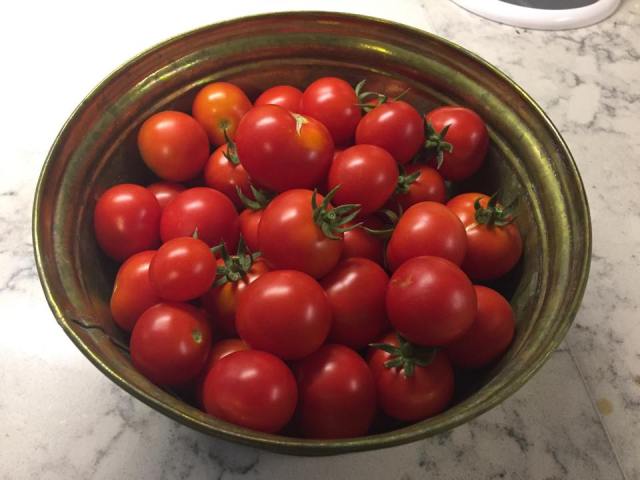
Tomatoes
I’ve written about tomatoes before, but here are the essentials:
- Plant your seedlings around March.
- I’d recommend at least two plants: a cherry variety that will continue to produce through the hottest summer months, and a full-size variety that will give you two big harvests (first in May, second in November).
- Look for “indeterminate” varietals, which means they’ll bloom multiple times.
- Remove “suckers”
- Stake your plants early and often.
- Try to keep a consistent water level, and plan to water at least daily from June-September.
- Things to Watch For:
- Blossom End Rot looks like big brown rotten spots on nearly-ripe fruit. Solution: add some fish bone meal to your soil.
- Birds and squirrels eating your plants. Solution: bird netting.
- Insects eating holes in leaves. Solution: make a neem oil/dish soap spray and spray your plant leaves in the early morning.
- Cracked fruit. Solution: be more consistent in watering; pull any near-ripe fruit before rainstorms.
- Preservation Ideas:
- Tomatoes freeze very well – lots of recipes for that here.
- Fresh salsa will last in the fridge for about 2 weeks
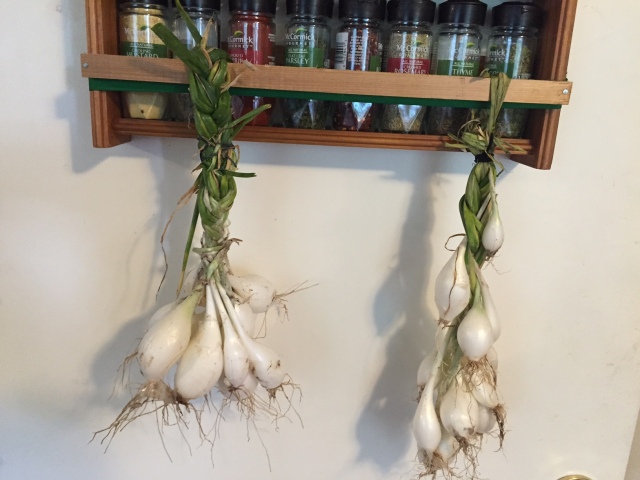
Onions
- Plant “onion sets” in mid-January. Break sets apart to give proper growing room or you’ll have small onions.
- Once green tops begin popping up in mid-February or so, you can cut the tops off for use in any recipe calling for green onions or chives.
- In late May/June, watch for onion tops starting to turn yellow and fall over. Once this occurs, you’ll know it’s time to harvest.
- Things to watch for:
- Grubs in the soil will eat on your plant roots. Solution: If you see a grub anytime you’re digging, remove it from the garden. If you see lots of grubs, treat with milky spore powder before planting and beneficial nematodes every few months.
- Preservation Ideas:
- Braid them and story in a cool, dry place to dry. They’ll last for 6 months or so, just keep an eye out for blackish mold or soft spots.
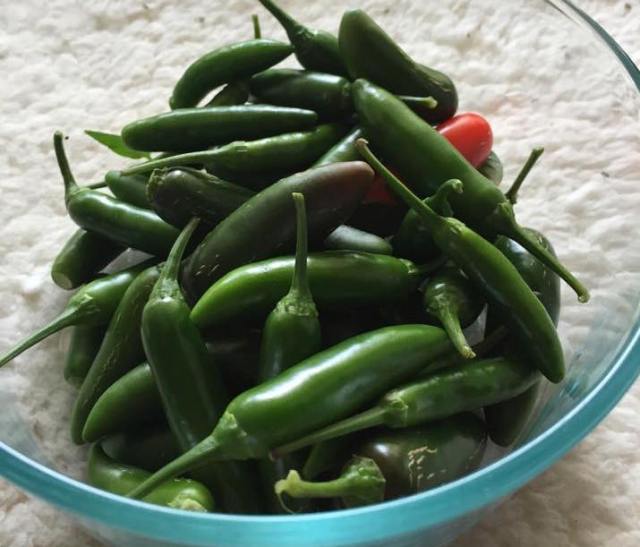
Peppers
- Plant your seedlings around March
- I think serrano does best in Central Texas, but jalapenos, habaneros, and poblanos will grow here as well.
- You’ll know they’re ready to harvest when they start to change color and are easy to pull from the vine. The more they change color, the hotter they’ll be.
- Plan on getting peppers from about May – October.
- Things to Watch For:
- Aphids. These look like little green dots on the leaves of your plant. Left untreated, they’ll keep your plant from fruiting. Solution: release ladybugs, after sundown.
- Preservation Ideas:
- Peppers respond great to pickling.
- Can a pepper jelly (just make sure to use lots of pectin.)
- Use a food dehydrator to dry them, then store in a plastic bag in the pantry.
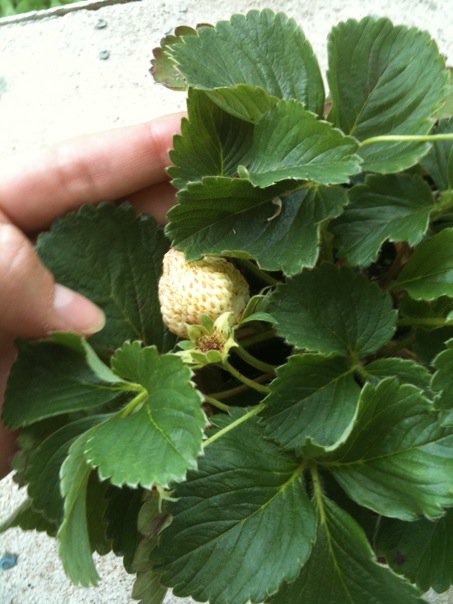
Strawberries
- Plant seeds or seedlings around mid-February, after freezing weather ends.
- You’ll need more plants than you think. 8 is a good number to start with; 15+ if you’re actually hoping to make jellies or jams.
- These plants are perennials, so as long as you keep watering them through the year, they’ll come back and fruit for you year after year.
- They spread on runners, so give them plenty of space away from other plants in your garden and they’ll continue to expand.
- Harvest when the fruit is red. You’ll get largest harvest from late-March into June, but some “everbearing” varieties will continue to pump out stragglers even in the summer.
- Things to Watch For:
- Aphids. These look like little green dots on the leaves of your plant. Left untreated, they’ll keep your plant from fruiting. Solution: release ladybugs, after sundown.
- Sugar ants. These guys will burrow into near-ripe fruit and eat it from the inside out. The problem is that some ants also eat aphids, so it’s sort of a toss up over whether to do anything or not. Solution: add mulch under plants to keep fruit elevated, and don’t worry too much about the ants taking their cut.
- Preservation Ideas:
- Any number of jam and jelly recipes you can find online…that is, if you can avoid eating them fresh!
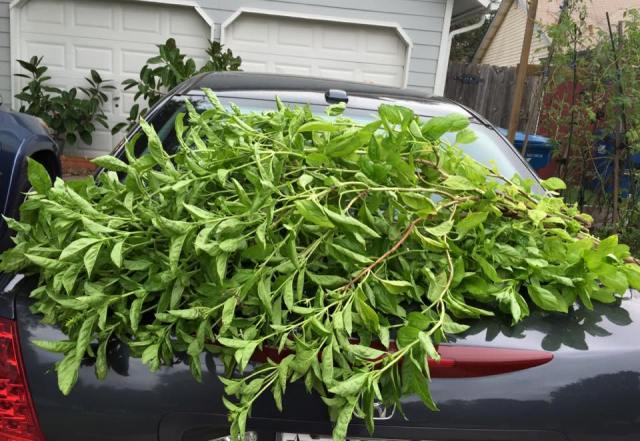
Basil
- Plant a seedling starting in March
- Works well in a container as well as in the ground
- Needs near-daily watering or will start to look droopy
- Pinch off the flowers whenever they appear. This keeps the basil growing, and prevents the basil from turning bitter.
- Things to Watch For:
- Snails – you’ll know you have them if you see streaky, whitish paths on your low-to-the-ground leaves. Solution: add coffee grounds to your dirt, and pluck off any snails that you see.
- Spittle bugs – these look like little pockets of foam right that the base of the leaves. Solution: remove any affected leaves, as this is actually the “bubble nest” of the pupal stage of the insect. Solution: burn the removed leaves and/or seal them in a plastic bag before throwing away.
- Preservation Ideas:
- Basil pesto freezes well. You can also freeze loose basil leaves.
- Dry them, either by hanging in a dry place or in a food deyhrdator
